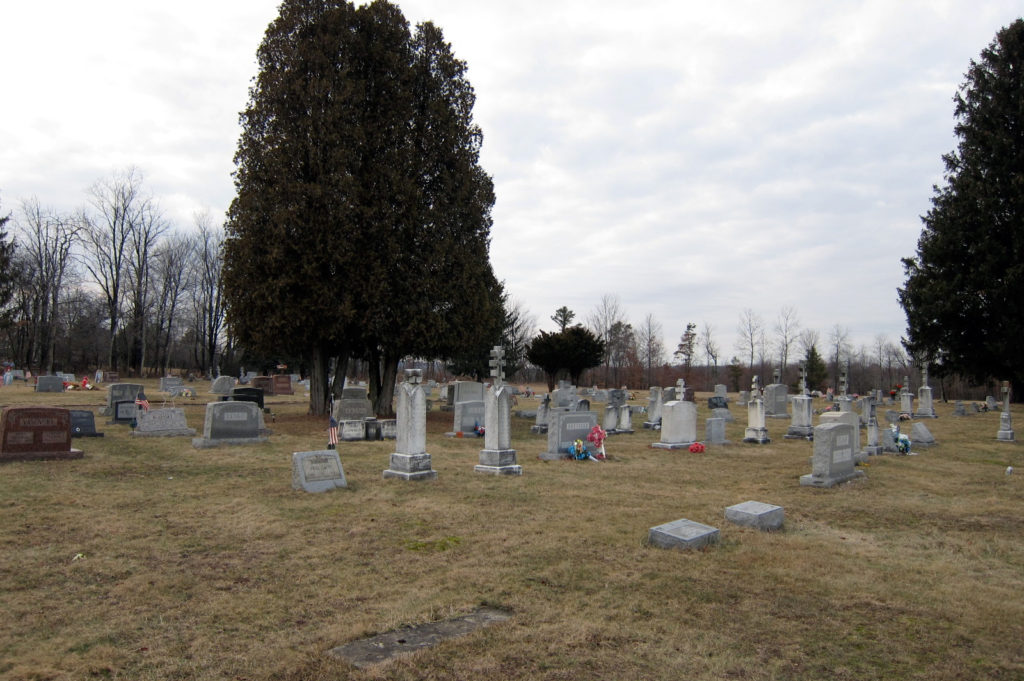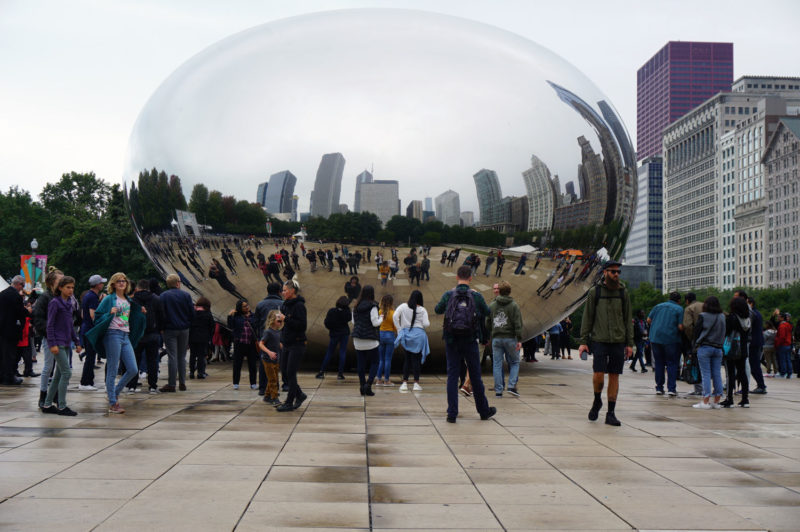
Recently my family traveled to Pennsylvania to inter my father’s ashes where nearly all my ancestors have been buried. His headstone, heaped with flowers, lies just a short distance from where his grandfather, who died at a relatively young age in a mining accident, leaving a widow and nine children, was interred nearly a century ago. My mother’s grandparents are also buried nearby. Her parents and most of her brothers and sisters are buried in a sister cemetery on a neighboring hill.
The cemeteries are filled with unfamiliar names, but the more I’ve looked into it, the more I understand how many were linked, and the more the graveyard seems an almost lively place, where clans and a neighborhood have come to rest. Some of the histories to the headstones are startlingly familiar, conjuring up the larger-than-life figures I knew as a girl.
Personally, I take comfort in a graveyard. I like its permanent and historical character: a glacially evolving representation of the past planted beside the highway of conflict and flux.
